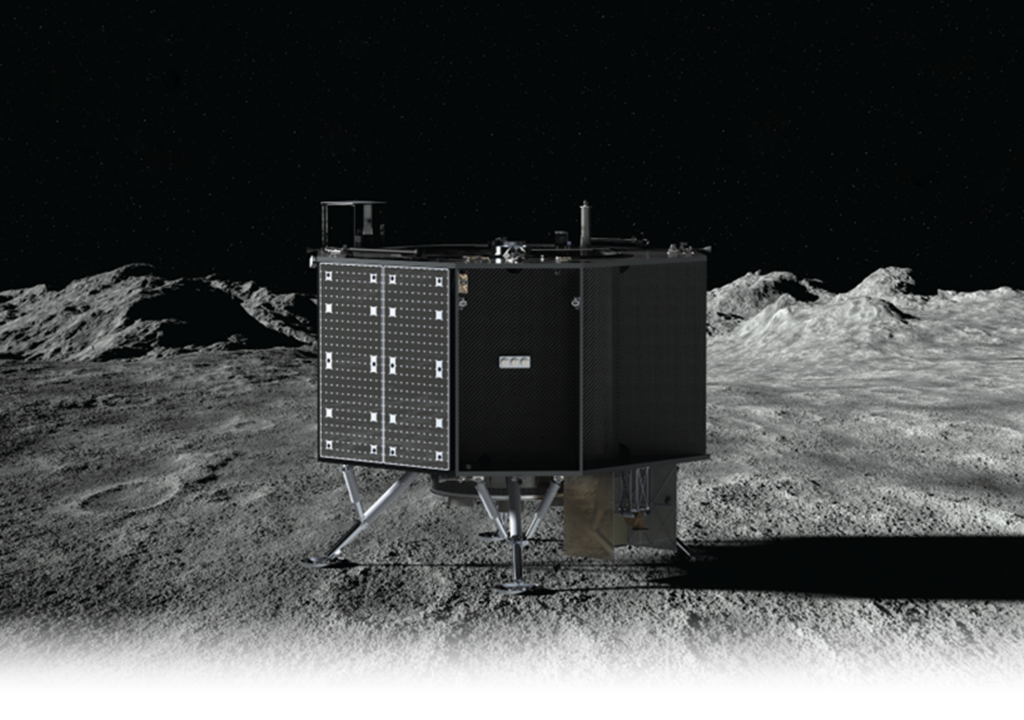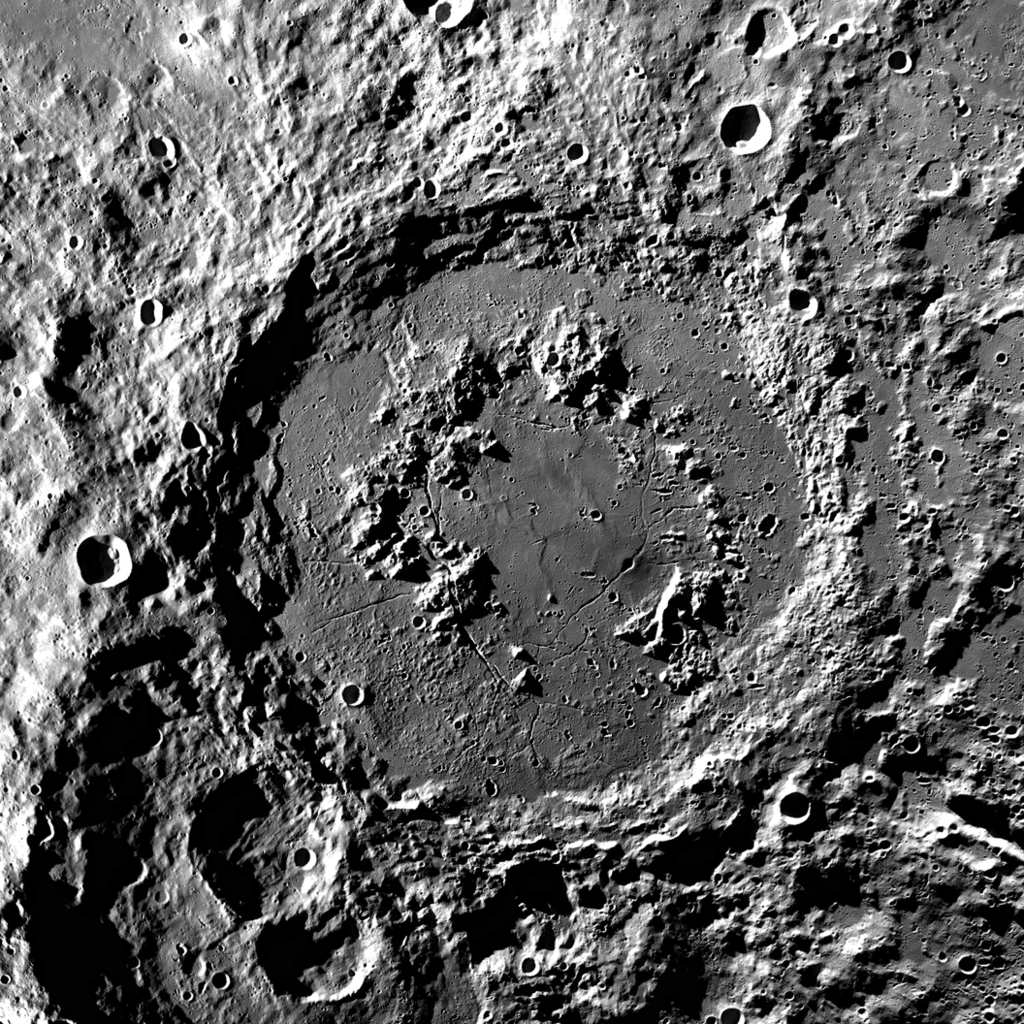Draper has received a USD 73 million NASA contract to deliver several cargoes to the far side of the Moon. It was given as part of the CLPS (Commercial Lunar Payload Services) program, the main purpose of which is to attract American industry to the development of the moon of our planet.

Under the terms of the agreement, Draper is responsible for cargo integration, its delivery from Earth to the Moon (the SERIES-2 platform developed by the company will be used for landing) and operations on the lunar surface. This is the eighth contract issued under the CLPS program.
Schrödinger impact basin
The landing site of the mission will be the Schrödinger impact basin, a 312-kilometer crater located near the south pole of the Moon. This place is of great interest to geologists. Schrödinger is one of the youngest lunar craters. The impact that formed it tore off the lunar crust, exposing the upper part of the mantle in the inner ring. The outer ring of the crater consists of an impact melt.

Another interesting feature of the impact formation is that its bottom is covered with smooth sedimentary deposits. According to scientists, after the formation of the crater it became the site of a major eruption. Scientists hope that studying the basin will allow them to better understand the thermal and geophysical properties of the Moon’s interior, as well as the electrical and magnetic properties of the surface in a place sheltered from the influence of Earth’s electromagnetic fields.
Draper Mission Payload
The Draper descent platform will have to deliver instruments to the Moon for the implementation of three NASA experiments with a total mass of 95 kg. Among them:
- Pair of FSS seismometers (Farside Seismic Suite), which will provide the first-ever seismic data from the far side of the Moon.
- LITMS Payload Kit (Lunar Interior Temperature and Materials Suite). It is designed to study the structure of the heat flow and subsurface electrical conductivity of the lunar soil.
- The LuSEE instrument (Lunar Surface ElectroMagnetics Experiment), which will conduct a comprehensive study of electromagnetic phenomena on the surface of the Moon. LuSEE also uses plasma wave measurements to characterize the lunar ionosphere and the interaction of the solar wind and magnetospheric plasma with the magnetic fields of the lunar surface and the Earth’s crust.
Currently, the implementation of the Draper mission is planned for 2025. It is not yet known which launch operator will be chosen to launch it to the Moon.
Recall that NASA recently postponed the launch of the VIPER lunar rover to 2024.
According to https://www.nasa.gov
Follow us on Twitter to get the most interesting space news in time
https://twitter.com/ust_magazine

